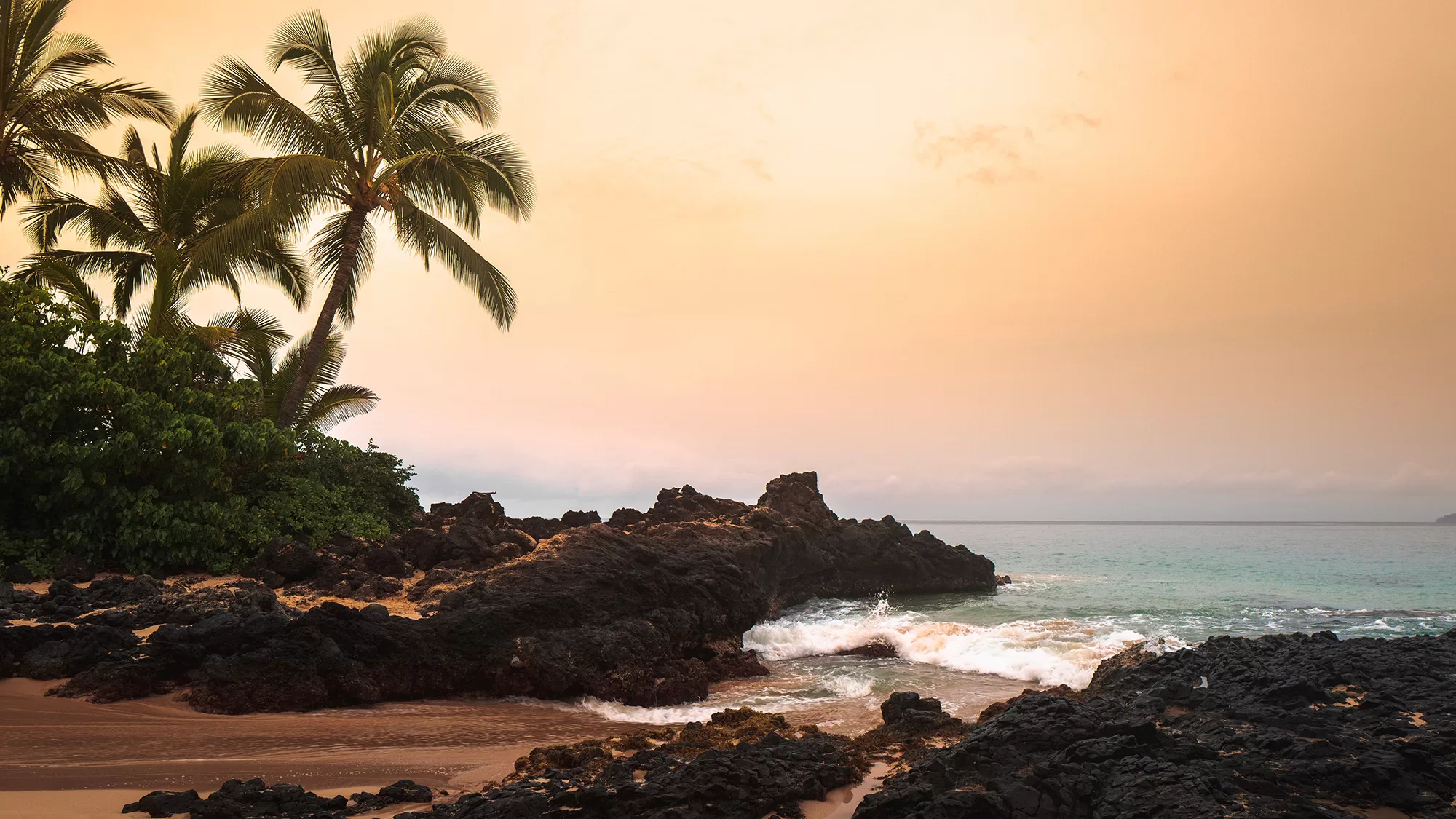The day after Japan’s attack on Pearl Harbor in 1941 the Navy declared martial law on Kaho`olawe. Residents were forced to leave.
The Navy used Kaho‘olawe as a target ranch from 1941 through 1990. The Navy assaulted the island with napalm, mock atomic warheads, bombs and rockets.
“From 1942-1943, American submarine commanders tested torpedoes by firing them at the shoreline cliffs at Kanapou. Additional torpedoes were test-fired from 1943 to the 1960’s,” according to the Parsons-UXB Joint Venture Final Summary (2004).
The Report noted that the “’Sailor Hat’ tests were conducted on Kaho`olawe. Three tests of 500 tons of TNT each were detonated to simulate the blast effects of nuclear weapons on shipboard weapon systems.”
Many of the unexploded warheads targeted for land landed in the ocean.
In 1969 protests ensued when a five-hundred-pound bomb was found over seven miles across the channel on Maui pasture land leased to then Maui Mayor Elmer Carvalho.
Congress passed the National Environmental Policy Act (NEPA) in 1969. Richard Nixon signed the law in January 1970. NEPA required federal Environmental Impact Statements for projects involving federal land or money. It was not clear whether NEPA applied to the military.
In 1970 University of Hawaii Institute of Marine Biology researchers suggested that Kahoolawe be commercialized with a thermonuclear power plant and aquaculture.
On July 29, 1971 Life of the Land and Maui Mayor Carvalho sued to stop the bombing. They sought an environmental impact statement (EIS) for the navy’s use of the island. The suit named Secretary of the Defense Laird, Secretary of the Navy Chafee and Rear Admiral Hayward.
Peter MacDonald wrote Fixed in Time: A Brief History of Kahoolawe. “By November 1971, the Department of Defense filed a statement which gave facts and figures relative to the total annual bomb tonnages dropped on Kahoolawe since 1967. Also, a short discussion was given concerning the island’s indigenous plants. … Federal Judge C. Nils Tavares ruled that the Navy and the Department of Defense had until January 20, 1972 to submit more information.”
The Navy released a hastily prepared EIS in 1972.
Mansel G. Blackford has written articles on Kaho`olawe, including “Environmental Justice, Native Rights, Tourism, and Opposition to Military Control: The Case of Kaho’olawe” (2004):
“Navy officials prepared an environmental impact statement in early 1972 in response to the lawsuit. The statement admitted that shelling and bombing hurt Kaho’olawe but highlighted the perceived “beneficial environmental effects of military use,” ranging from the pulverization of the island’s soil, which made it amenable to the growth of vegetation, to the accumulation of rain runoff in bomb craters.
Navy representatives argued that “the mineral content per acre of the target sites, from [shell and bomb] fragmentations, might someday prove economically worthwhile from the standpoint of salvage and retrieval of some of the metallic alloy material involved.”
“Unexploded dud ordnance” did constitute “a major problem,” but one “without noticeably adverse effect on the human population spread within the Hawaiian archipelago.”
In short, according to the navy, “thirty years of use of the island as a target site” had “slightly improved the balance of the island’s ecosystems.”
In May 1972, the Navy submitted a report with Federal Judge C. Nils Tavares. “The environmental effect of weapon exercises upon the ecology or ecological system of other nearby islands of the Hawaiian archipelago will remain negligible.”
Judge Tavares dismissed the suit on May 16, 1972.
Kanaka Maoli Kahu Charles (“Uncle Charlie”) Kauluwehi Maxwell, Sr. and others founded the Protect Kaho’olawe ‘Ohana (PKO) in 1974-75 and occupied the island in 1976 during America’s Bicentennial.
The nine initial occupiers of Kaho‘olawe were Dr. Emmet Aluli, Kimo Aluli, George Helm, Ian Lind, Ellen Miles, Stephen Morse, Kawaipuna Prejan, Walter Ritte Jr., and Karla Villalba.
During efforts to reclaim the island, Kimo Mitchell and George Helm disappeared at sea off Kaho’olawe in 1977.
In 1977 “the PKO won a court victory when federal judge Richard Wong ruled that the navy violated both the National Environmental Policy Act (NEPA) and an executive order that required the preservation of historic sites.”
Archeological studies conducted by the navy in 1976-80 found 544 archaeological sites dating from 100 A.D. These sites included shrines, quarries, and petroglyphs.
The government approved funding to start cleaning up the island in 1993 and the following year Kaho’olawe was conveyed back to the State of Hawai’i to be managed by the Kaho’olawe Island Reserve Commission (KIRC).
In 1993, Hawaii Senator Daniel Inouye secured funding for cleaning up the island.
While visiting the Senator in his office, Senator Inouye asked me to guess how many hearings were required to securing the funding. I said I didn’t know. The Senator’s answer was “zero.” He made one phone call.
Congress allocated $400 million toward cleanup. The Hawaiian Legislature established the Kaho`olawe Island Reserve (the island with a two-mile ocean boundary) and established the Kaho`olawe Island Reserve Commission (KIRC) to manage it.
The Parsons-UXB Joint Venture Final Summary (2004) noted that “the detection of subsurface ordnance on Kaho’olawe was complicated by the high (and varying) concentrations of iron in Kaho`olawe’s basaltic rock and soil.
Traditional magnetometer metal detectors had to be discarded in favor of electromagnetic detectors (EM). EM detectors locate ordnance by reading the magnetic field generated by electrical currents passing through buried metals.”
“Subsurface clearance operations consisted of a geophysical detection to located possible subsurface UXO and an UXO excavation to uncover and evaluate these anomalies.”
Only a portion of the land and none of the water has been cleared of ordinances. Most of the land that has been cleared had only its surface cleared. Continued erosion has allowed buried active warheads to surface.


0 Comments